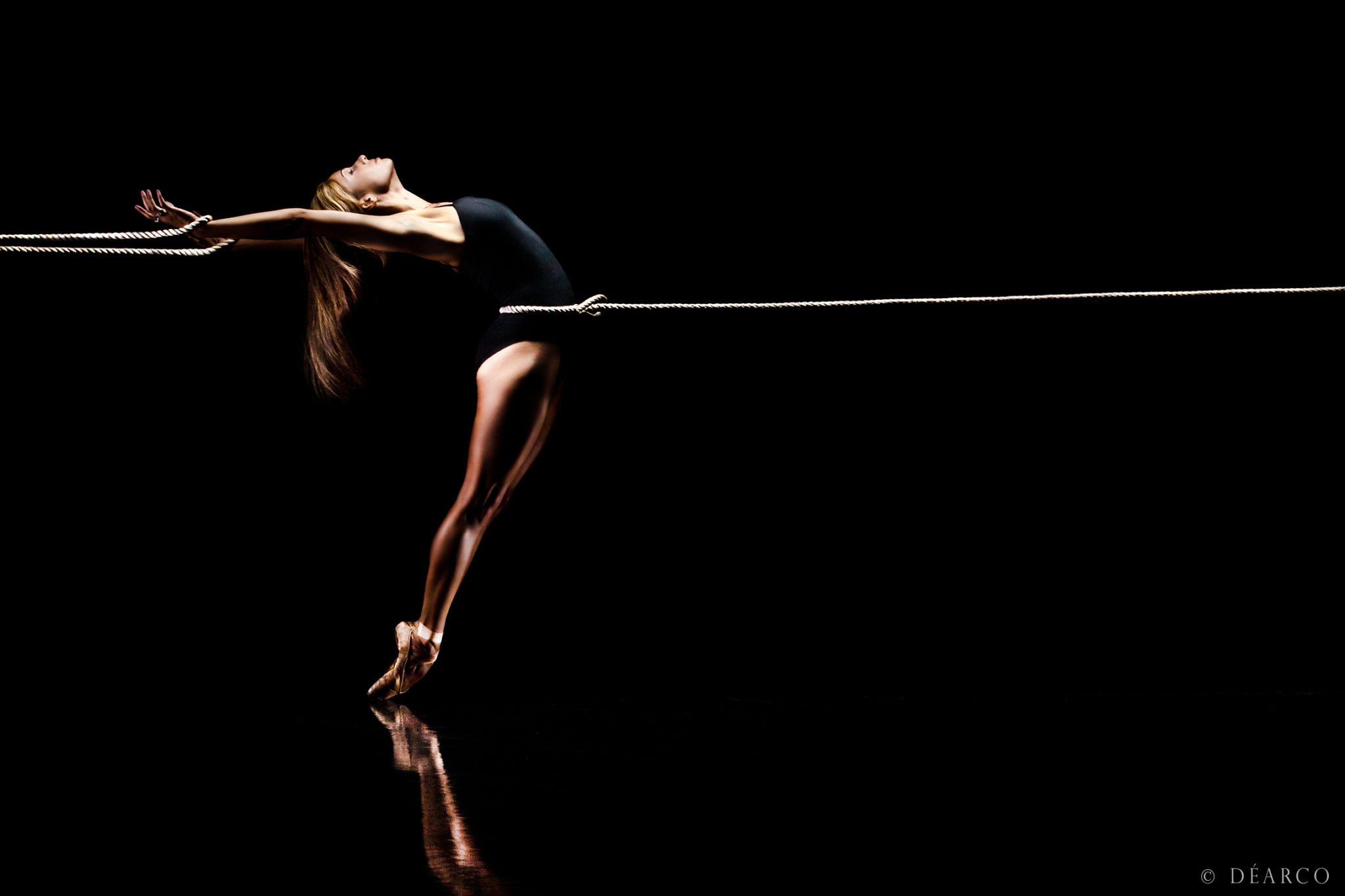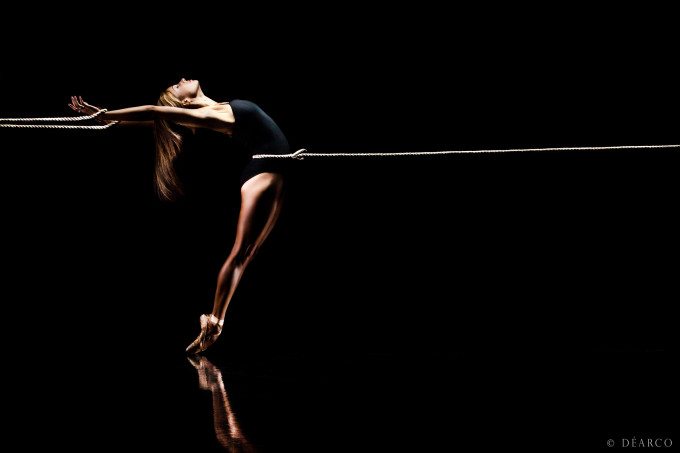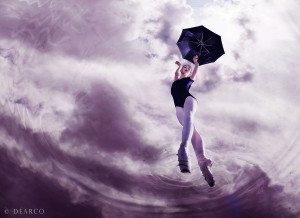Daniel DeArco is a 22-year-old photographer who has crafted a career around the human body. Originally trained as a dancer, DeArco experienced a series of unfortunate events that led him from a prospective career in Cirque du Soleil to a successful career as a photographer. His understanding of movement has helped him develop a creative vision that has set his work apart from others in his field. He seeks to create timeless moments in which the performer is the sole focus of the photograph.
Phoblographer: How did you get your start in photography?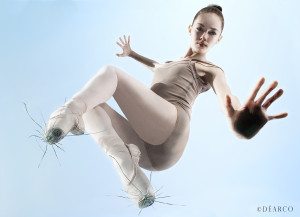
Phoblographer: What attracted you to focusing on dance, action and the performing arts?
Daniel: My past experiences with dance and performing arts enticed me to work in those genres. I remember shooting and experimenting with everything when I first started building my portfolio: portraits, fashion, landscapes, head shots, dance, still life; however, whenever people looked through my images, I noticed that the most memorable reactions came with the dance/action photos. This warranted my idea of just sticking to something that felt natural to me. Instead of shooting pretty girls + pretty clothes + pretty makeup, I found that I would much rather be photographing guys back-flipping on set or ballerinas doing ridiculously complex poses on their toes. Maybe I’m just weird.
With the nature of my performing arts background came the ability to direct models, dancers, and performers through a language that nobody else spoke. I knew the timing, the form, and what they wanted to feel like when they saw themselves in a frozen image. Since I myself could no longer chase the spotlight of a stage, I wanted to shine that spotlight onto others.
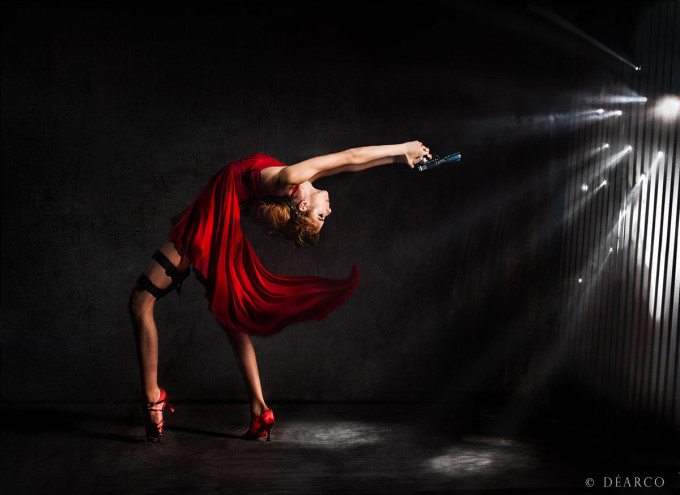
Phoblographer: How long did it take you to develop your style?
Daniel: This is tricky question to answer. My “style” is similar to many photographers out there, but did not take too long to develop once I learned the basics of lighting and composition (a year or less). The vision, on the other hand, took a very long time to figure out.
Phoblographer: There’s almost an ethereal nature to some of your work. What’s your lighting setup and what do you shoot with?
Phoblographer: How do you develop a rapport with the performers you photograph?
My dancers, performers, or models somehow always build trust with me (regardless how crazy my ideas get), but I think that my portfolio is what gets them interested at first. If I haven’t met them yet in person, I’ll chat with them online or on the phone, and will make sure they’ve seen what I do. After I clarify this, I just talk to them for a while and get to know them personally–asking them questions about their background with dance or performing arts, covering random topics, and answering whatever questions they might have about my history with dance/action photography. From there, it’s all about proposing one of my concepts and making sure that they’re interested enough to participate. I usually will present accurate mock-ups or illustrations of my ideas to the models/clients. This displays my vision 100%, gets them to see what my final product will look like, and is the best way to get them to trust in my work. Once an idea is drawn out and put onto paper, it is brought to life, and is suddenly seen as a master plan that they want in on.
Right off the bat, I am very friendly, loud, outgoing, and optimistic about the day. I am sure to have most of the props, lights, and set finished before the models arrive so that I can make conversation with them and focus on getting them comfortable. One important thing is to make sure that the models have everything that they need, and give them a quick one minute breakdown of how the shoot will go down. This puts them at ease and gives them reassurance that there is an agenda and basic outline. Full transparency is key.
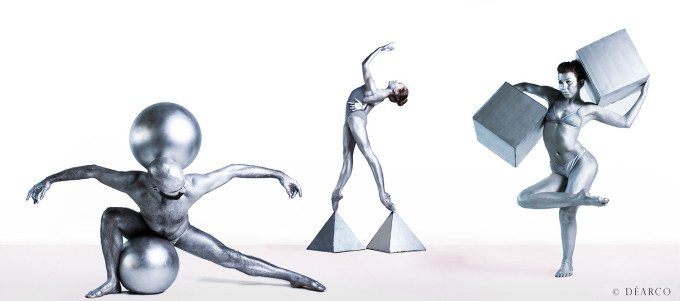
Phoblographer: What’s your post-production workflow?
Phoblographer: Your photographs of performers seem to be moments outside of time rather than moments in time. What’s your approach to your mode of photography?



